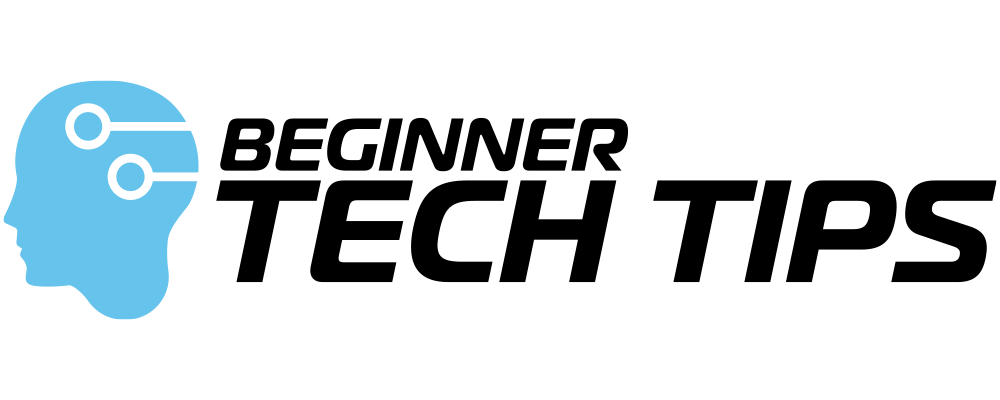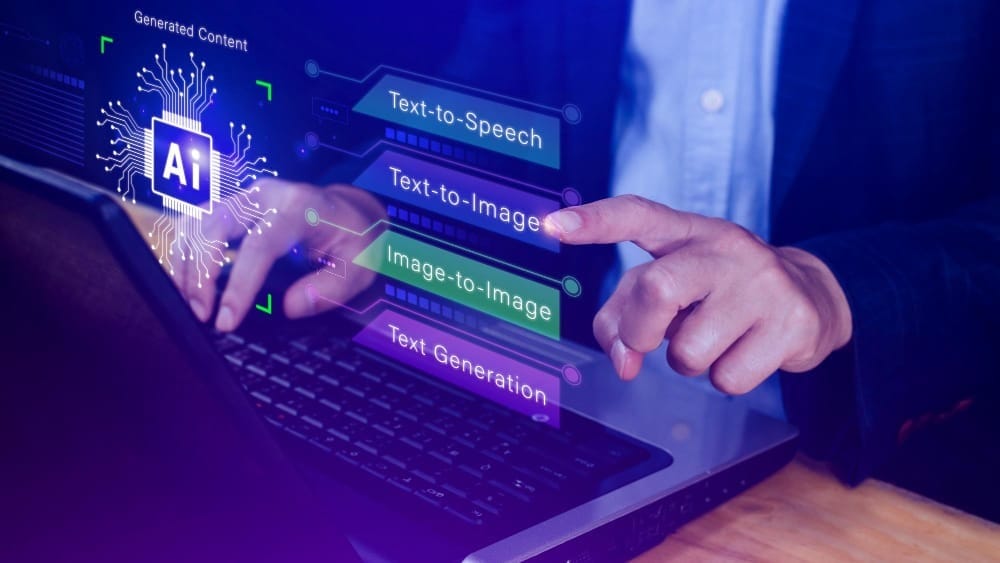ChatGPT makes artificial intelligence easy to use for anyone. You don't need tech skills or coding knowledge - you can start using ChatGPT in under 5 minutes by creating a free account at OpenAI.com and following simple setup steps.
Getting started with ChatGPT opens up many possibilities for your daily tasks. You can use it to write emails, answer questions, brainstorm ideas, and solve problems. As an AI tool, it acts like a helpful partner that can support your work and creative projects.
The free version works great for beginners to learn the basics. You'll see how ChatGPT can boost your productivity and help with tasks like writing, research, and learning new topics. Let's walk through the simple steps to get you started with this powerful AI assistant.
Getting Started with ChatGPT
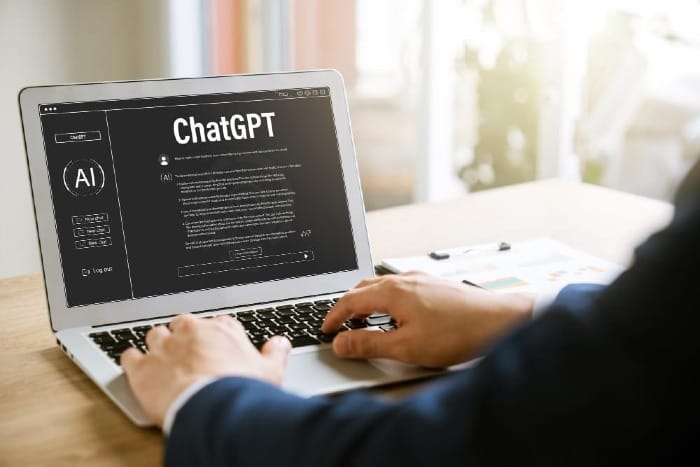
ChatGPT offers a simple way to interact with AI through text conversations. The setup process takes just a few minutes, and the interface makes it easy to start chatting right away.
Creating an OpenAI Account
Visit the ChatGPT website and click the "Sign Up" button. You'll need to provide your email address and create a password.
Choose between the free version and ChatGPT Plus. The free version works well for basic tasks, while Plus gives you faster responses and access to newer AI models.
Verify your email address by clicking the link OpenAI sends you. Then, add your phone number for account security.
Navigating the ChatGPT Interface
The chat interface shows a large text box at the bottom where you type your messages. Your conversation appears above, with your messages on the right and ChatGPT's responses on the left.
Key Interface Elements:
- New Chat button (top left)
- Message input box (bottom)
- Send button (next to input box)
- History sidebar (left side)
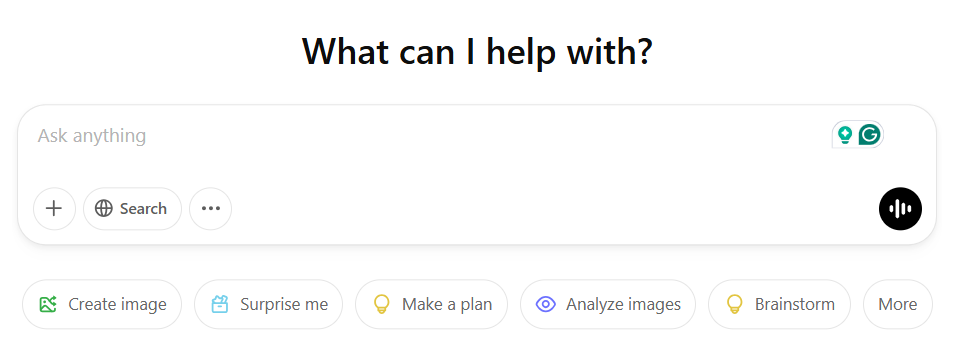
The design is clean and user-friendly, letting you focus on your conversation.
Understanding the Basics of Conversation with AI
Start with clear, specific questions or requests. ChatGPT works best when you give it detailed instructions about what you want.
Think of ChatGPT as a helper, not a replacement for your own thinking. It can assist with tasks like writing, research, and problem-solving.
Tips for Better Results:
- Break complex requests into smaller parts
- Be specific about your needs
- Review and fact-check important information
- Ask follow-up questions if needed
You can edit or refine your prompts if the first response isn't quite what you wanted.
Deep Dive into ChatGPT Functionality
ChatGPT works best when you know how to guide it effectively through prompts, maintain context, and customize its responses to match your needs.

Utilizing Prompts and Commands
Clear prompts are essential for getting useful responses from ChatGPT. Start with specific requests rather than vague questions.
Key elements of effective prompts:
- State your goal clearly
- Include relevant details
- Specify your desired format
- Set parameters like length or style
Break complex tasks into smaller steps. Instead of asking for a complete marketing plan, request individual components one at a time.
Exploring Follow-Up Questions and Context
ChatGPT remembers your conversation history within the same chat. You can refer back to previous information without restating everything.
Think of ChatGPT as a partner in your work process. Ask follow-up questions to refine its responses or get more details.
If the response isn't quite right, rephrase your question or add more details. ChatGPT can adjust based on your feedback.
Enhancing Conversations with Custom Instructions
Custom instructions help personalize your ChatGPT experience. Set your preferences for response length, tone, and format.
Effective custom instruction examples:
- "Please explain concepts using simple terms"
- "Include examples in your responses"
- "Format responses with bullet points."
These settings stay active across all your chats, saving time and ensuring consistent results.
You can change custom instructions at any time to suit different tasks or projects.
Advanced Features & Settings
ChatGPT offers powerful capabilities beyond basic chat interactions. These advanced tools and settings help you customize your experience, process different types of files, and access more sophisticated AI models.
Leveraging ChatGPT Plus and GPT-4
ChatGPT Plus gives you access to GPT-4, which handles more complex tasks with greater accuracy than the free version.
GPT-4 excels at:
- Complex coding projects
- Detailed analysis
- Professional writing
- Mathematical problem-solving
Your Plus subscription also provides priority access during peak times and early access to new features.
The upgrade costs $20 monthly and unlocks advanced features like DALL-E image generation and web browsing.
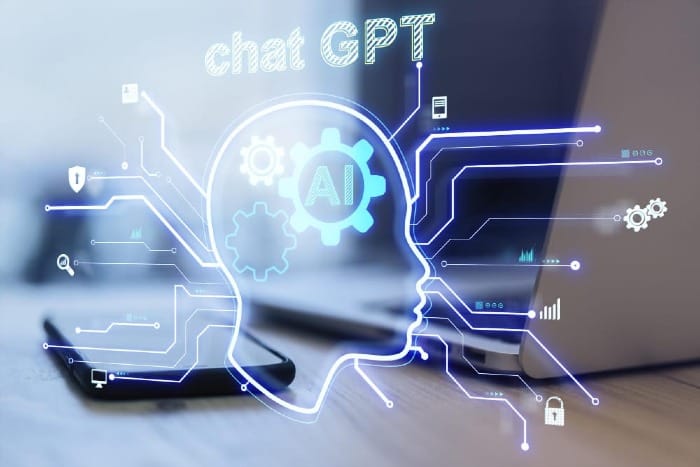
Personalizing Experience with Settings and Data Controls
You can customize your ChatGPT workspace through the settings menu in the top-right corner.
Key settings to adjust:
- Chat History: Enable/disable conversation saving
- Data Privacy: Control how your chats are used for AI training
- Theme: Switch between light and dark modes
- Message Display: Adjust text size and formatting
Data controls let you export or delete your chat history at any time.
File Uploads and Using Custom GPTs
You can now upload files directly to ChatGPT for analysis and processing.
Supported file types:
- PDFs
- Images
- Word documents
- Spreadsheets
Custom GPTs allow you to create specialized AI assistants for specific tasks.
To use custom GPTs:
- Visit the GPT store
- Choose or create a specialized GPT
- Start chatting with your customized assistant
These specialized GPTs can handle tasks like coding review, data analysis, or creative writing with targeted expertise.
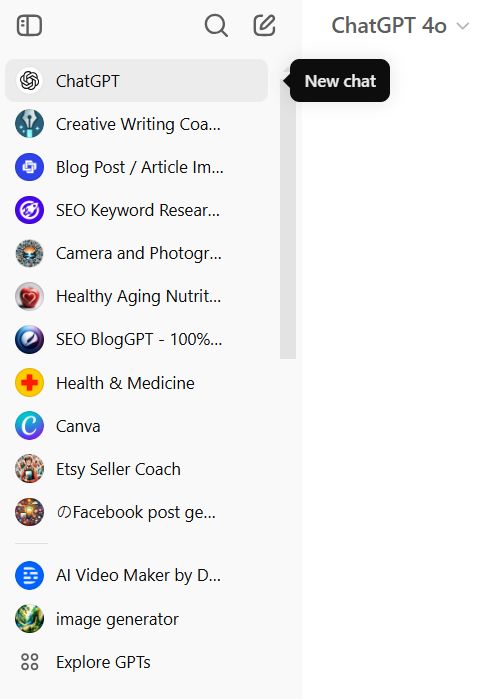
Practical Applications of ChatGPT
ChatGPT serves as a powerful tool that helps with common daily tasks like writing code, studying new topics, and creating content. The AI can check your work, suggest improvements, and explain complex ideas in simple terms.
Coding and Debugging with AI
You can ask ChatGPT to create code examples or find bugs in your existing code. Simply paste your code and describe the issue you're facing.
ChatGPT excels at explaining code line by line and suggesting fixes for common programming errors. It supports many programming languages, including Python, JavaScript, and Java.
Key coding features:
- Bug identification and fixes
- Code optimization suggestions
- Function explanations
- Syntax corrections
Educational Support and Research
ChatGPT helps break down complex topics into easy-to-understand pieces. You can use it to practice math problems, learn new concepts, or prepare for tests.
The AI can create study guides, explain scientific concepts, and answer specific questions about your coursework. It's like having a patient tutor available 24/7.
Study aid examples:
- Practice problems with step-by-step solutions
- Topic summaries
- Concept explanations
- Quiz preparation
Content Creation and Creative Writing
You can use ChatGPT to help write blog posts, stories, or marketing copy. The AI assists with brainstorming ideas, suggesting improvements, and checking grammar.
ChatGPT enhances your writing process by offering different perspectives and creative angles. It helps overcome writer's block and generates fresh ideas.
Writing assistance options:
- Outline creation
- Title suggestions
- Content structure advice
- Grammar checking
- Style improvements
Integrating ChatGPT into Various Fields
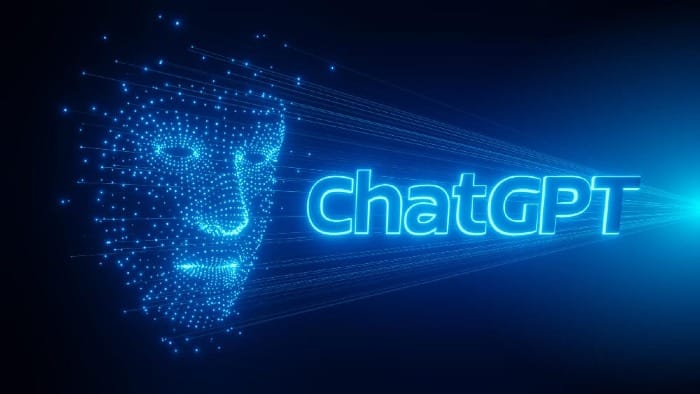
ChatGPT brings powerful AI capabilities to transform workflows across industries. Its natural language processing helps solve complex problems and automate routine tasks.
Programming Assistance and Data Analysis
Integrating ChatGPT into applications starts with obtaining an API key from OpenAI's platform. You can use the API to build code assistants and analytical tools.
The AI helps debug code, suggests optimizations, and explains complex algorithms in simple terms. You can ask it to generate code snippets or convert code between programming languages.
For data analysis, ChatGPT helps write SQL queries and create data visualization scripts. It can explain statistical concepts and help interpret analysis results.
Key Programming Features:
- Code completion and bug fixing
- Documentation writing
- API integration support
- Data processing scripts
Healthcare and Nutrition Advice
ChatGPT assists healthcare providers by analyzing patient data and suggesting treatment options. You can use it to check medication interactions or explain medical terms in plain language.
The AI helps create personalized meal plans and nutrition guidelines. It can calculate macro nutrients and suggest healthy alternatives for specific dietary needs.
Safety Note: Always verify medical information with licensed professionals. ChatGPT is a supplementary tool, not a replacement for expert medical advice.
Language Learning and Translations
You can practice conversations in multiple languages with ChatGPT. It helps correct grammar mistakes and explains language rules in an easy-to-understand way.
The AI excels at translating text while preserving context and meaning. You can use it to learn idioms, cultural expressions, and proper word usage.
Language Learning Tools:
- Grammar correction
- Pronunciation guides
- Vocabulary exercises
- Cultural context explanations
Conclusion
ChatGPT works best when you treat it as a helpful assistant rather than a replacement for human thinking. Think of it as a partner in your work and learning journey.
Remember to always verify the information ChatGPT provides. It can make mistakes or provide outdated information. Your judgment and fact-checking skills remain essential.
Start with simple prompts and gradually try more complex ones as you gain confidence. Clear communication and specific instructions will help you get better results.
Key tips to remember:
- Be specific in your requests
- Break complex tasks into smaller parts
- Double-check important information
- Use follow-up questions to refine responses
